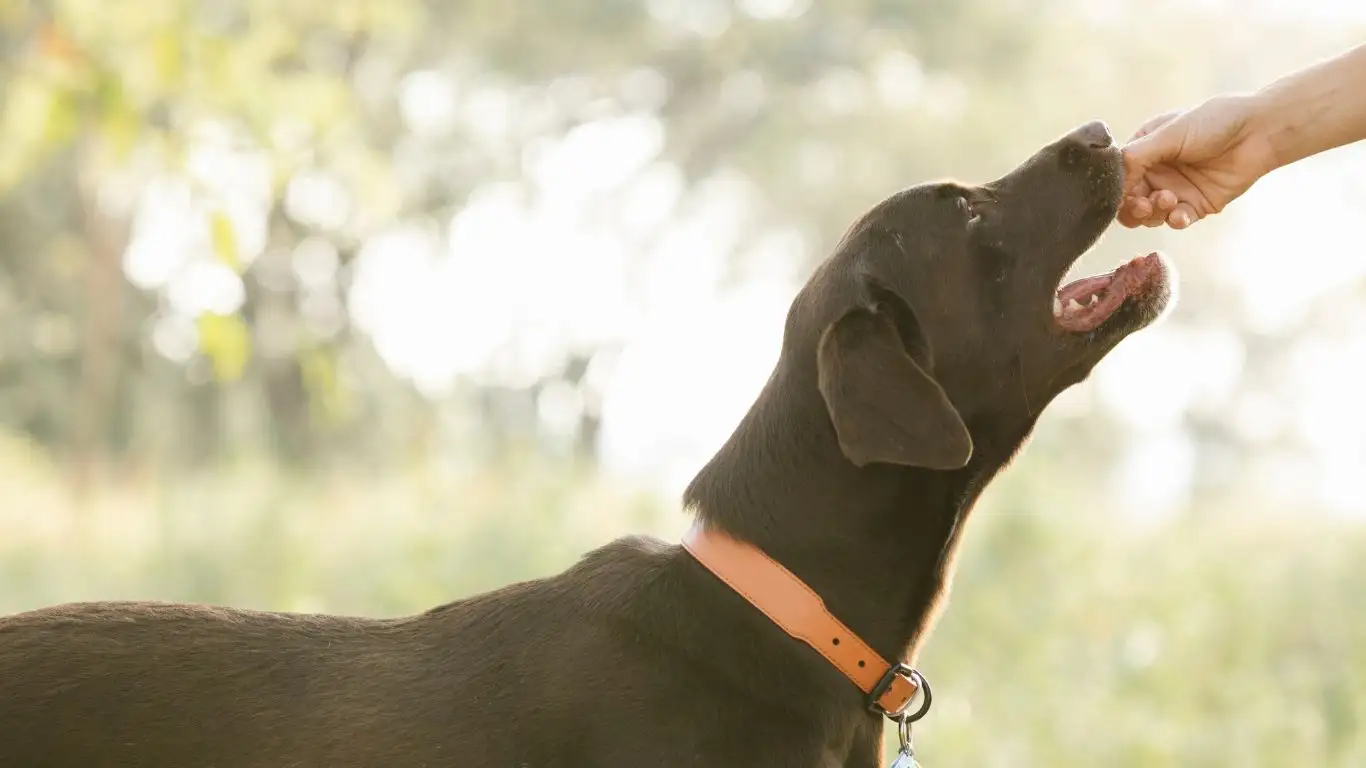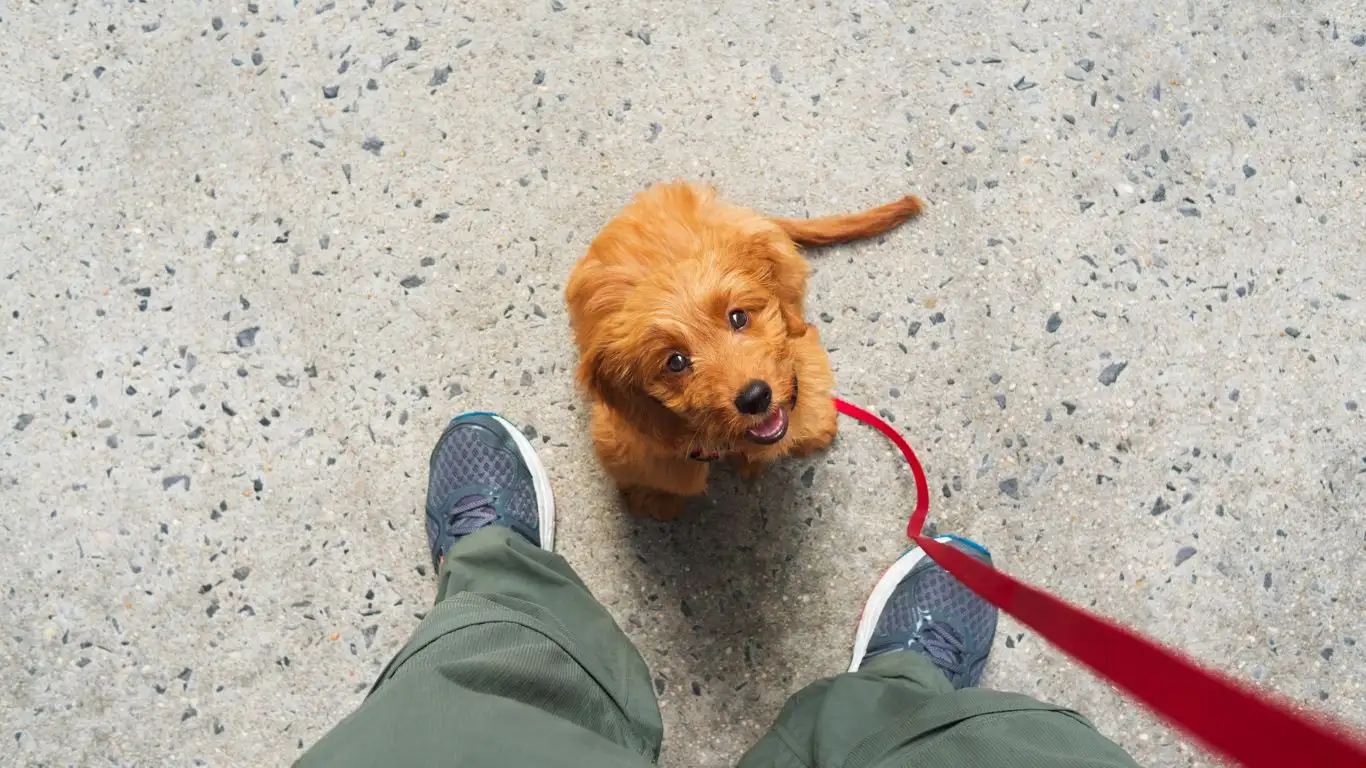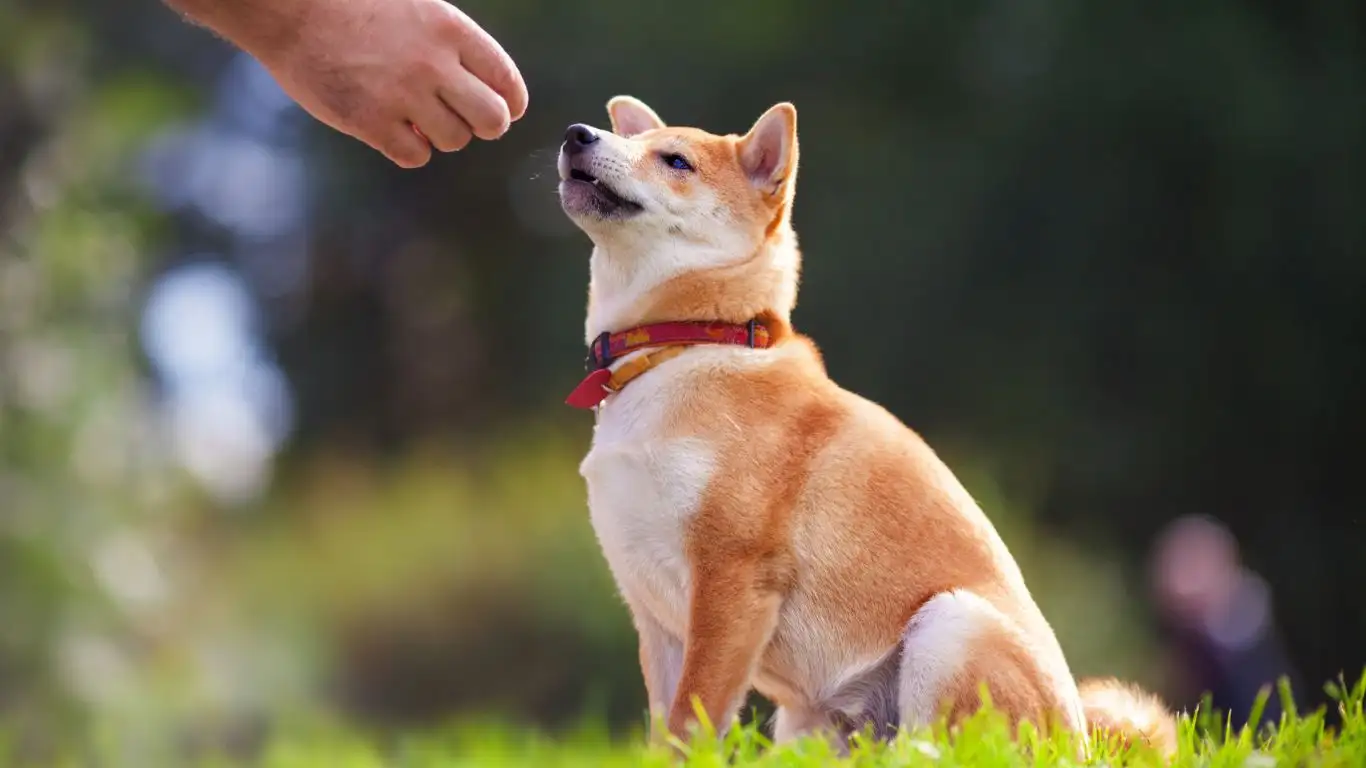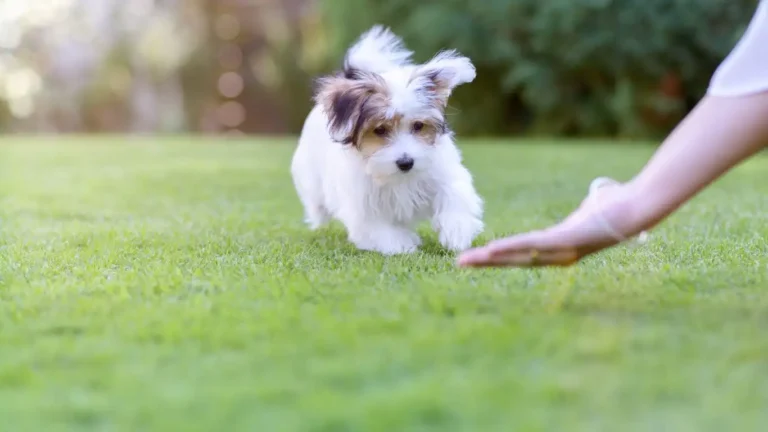How to Train a Dog to Stop Barking at Cats with Effective Techniques
Training your dog to stop barking at cats is one of those things that sounds simpler than it actually is. If you’ve ever faced this issue, you know how challenging it can be, not to mention frustrating! As a Canine-Assisted Therapy Trainer, I’ve seen countless dogs struggle with over-excitement, fear, or frustration when it comes to barking at cats. But don’t worry – with the right approach and a little patience, you can help your dog learn how to behave calmly around cats. In this guide, we’ll dive into a step-by-step process, using a combination of positive reinforcement, behavior management techniques, and some real-world advice that I’ve gathered over the years. Let’s start!
Understanding Why Dogs Bark at Cats

Before diving into the “how-to” of training, it’s important to understand *why* dogs bark at cats in the first place. Dogs are natural communicators, and barking is one of their primary ways of expressing themselves. The reason a dog barks at a cat can vary greatly. It could be due to excitement, curiosity, frustration, or even fear. In some cases, your dog might not even know how to interact with a cat properly, which can lead to unwanted behaviors like barking.
Here’s a closer look at the most common reasons why dogs bark at cats:
- Excitement: Some dogs see cats as a source of excitement. They may bark because they want to play or get attention, and the cat’s movement triggers this response.
- Fear: Dogs who aren’t used to being around cats might bark as a way of expressing their fear. The unfamiliarity of the cat and its behavior can make them feel uneasy.
- Territorial Instincts: Dogs can be very territorial. If they feel that their space is being invaded by a cat, they may bark to assert their dominance or protect their area.
- Prey Drive: Some dogs have a high prey drive and see small animals like cats as something to chase or catch. This instinctual behavior often leads to barking and chasing.
Understanding the underlying cause of your dog’s barking behavior is crucial. It will guide your training efforts and help you implement the right strategies to address the issue effectively. In the next section, let’s talk about how to assess your dog’s behavior and set a plan for training.
Assessing Your Dog’s Behavior Around Cats

Now that we’ve identified the potential reasons behind your dog’s barking, the next step is to assess your dog’s behavior around cats. Is your dog’s barking consistent, or is it only triggered in certain situations? This is an important distinction to make because it helps tailor your training to the specific context. There are several ways you can assess your dog’s behavior:
1. Observe Your Dog’s Body Language
Your dog’s body language is a huge indicator of what’s going on in their mind. A dog that’s barking out of excitement may have a wagging tail and may even try to approach the cat, whereas a dog that’s barking out of fear will likely have its tail tucked, ears back, and may be backing away from the cat.
2. Monitor the Environment
Sometimes, the environment plays a role in triggering barking. Pay attention to what’s going on when the barking occurs. Is there something specific about the cat’s movements, or is the barking more related to the situation (like your dog being on a leash or in a confined space)? Understanding the context can help you address the problem more effectively.
3. Know Your Dog’s History
Some dogs have had bad experiences with cats in the past, while others simply haven’t had enough exposure to them. If your dog has a history of negative interactions with cats, that could explain why they react with barking. On the other hand, if they’ve never been around a cat before, their barking could stem from a simple lack of socialization.
Once you have a clearer picture of your dog’s behavior, you can start planning how to help them. The next step is to begin the training process, which we’ll explore in the next section.
Setting the Stage for Training

Before you start working with your dog, it’s essential to set the right environment for training. Here are a few things to keep in mind as you prepare:
- Patience: Training takes time. Your dog won’t learn overnight, so it’s important to approach the process with patience and consistency.
- Positive Reinforcement: This is one of the most effective ways to train any dog. Rewarding your dog with treats, praise, or toys when they exhibit calm behavior is key to reinforcing positive behavior around cats.
- Manage Distractions: Begin the training process in a controlled environment where distractions are minimal. This might mean starting in a quiet room or yard where the dog can focus on you and the cat.
- Consistency: Dogs thrive on routine. It’s important to train consistently and regularly, using the same commands and rewards every time to reinforce the desired behavior.
Now that you have a basic understanding of the problem and how to assess your dog’s behavior, you’re ready to dive into more specific training techniques. But before we get to that, make sure you’ve established a calm, distraction-free space where you can focus on your dog’s progress!
Training Techniques to Stop Barking at Cats

Now that you’ve assessed your dog’s behavior and set the stage for training, it’s time to dive into the training techniques themselves. The goal is to help your dog learn how to stay calm and controlled when they see a cat. As I’ve mentioned before, patience is key, and this process takes time. However, with consistency and the right approach, you can make significant progress. Let’s walk through some effective methods I’ve used throughout my career as a Canine-Assisted Therapy Trainer.
1. The “Leave It” Command
One of the most useful commands in your training arsenal is the “leave it” command. This command teaches your dog to ignore distractions and focus on you. When it comes to barking at cats, you can use this command to redirect their attention away from the cat and onto you instead.
Here’s how I typically teach this command:
- Start in a Quiet Environment: Begin in a calm setting without too many distractions. This could be a room inside your house or a quiet outdoor space. You want your dog to focus on you first and foremost.
- Use a Treat: Hold a treat in your hand, close your fist around it, and let your dog sniff it. As soon as your dog starts to show interest, say “leave it” in a firm but calm tone.
- Reward for Success: If your dog stops trying to get the treat and looks at you, immediately reward them with a treat from the other hand. This will help them associate the “leave it” command with positive behavior.
- Practice Around the Cat: Once your dog has mastered the “leave it” command in a quiet environment, you can start practicing near the cat. Use a leash to keep your dog in check, and whenever your dog starts to bark or focus on the cat, give the “leave it” command. Reward them when they turn their attention back to you.
The key here is to practice regularly and reinforce the command in different settings. With time, your dog will start to understand that focusing on you is far more rewarding than barking at the cat.
Understanding Positive Reinforcement

Positive reinforcement is the cornerstone of effective dog training. It’s all about rewarding your dog for the behaviors you want to encourage, rather than punishing them for unwanted behaviors. This technique helps build trust and strengthens the bond between you and your dog.
When training your dog to stop barking at cats, positive reinforcement can be a game-changer. Instead of focusing on stopping the barking (which can be challenging), you’re focusing on reinforcing the calm, quiet behavior you want to see. Here’s how I like to implement positive reinforcement in training:
- Use High-Value Rewards: Not all treats are created equal. When you’re training your dog, use something your dog finds irresistible. This could be their favorite toy, a special treat, or even praise. The more valuable the reward, the more likely they’ll want to repeat the behavior.
- Timing Is Everything: Timing is crucial when using positive reinforcement. Reward your dog immediately when they display calm behavior around the cat. The faster you reward them, the more clearly they’ll associate the behavior with the reward.
- Gradual Desensitization: Gradual desensitization is a technique that involves exposing your dog to the cat in small, controlled steps. Start by allowing them to observe the cat from a distance. Whenever your dog remains calm, reward them with treats and praise. Gradually decrease the distance between your dog and the cat over time, always rewarding calm behavior.
By rewarding calm behavior, you’re teaching your dog that being calm and composed around the cat is far more rewarding than barking. Over time, this will help reduce the barking and teach your dog how to be more relaxed in the presence of a cat.
Managing Your Dog’s Energy

A common reason for excessive barking at cats is that your dog has too much pent-up energy. Dogs that are under-stimulated or not getting enough exercise often act out by barking, and this behavior can become more pronounced when they encounter something as intriguing as a cat.
As a trainer, one thing I always emphasize is the importance of meeting your dog’s physical and mental needs. A tired dog is a happy dog – and a less likely barker. Here are some ways to manage your dog’s energy to reduce excessive barking:
1. Daily Exercise
Make sure your dog is getting enough physical exercise. Long walks, runs, or playtime in the backyard can help burn off excess energy. When your dog is physically tired, they’re less likely to engage in nuisance behaviors like barking at the cat.
2. Mental Stimulation
Dogs need mental stimulation just as much as physical exercise. Engage your dog in puzzle games, interactive toys, or training sessions that challenge their mind. This helps tire them out mentally and reduces boredom, which can often lead to barking.
3. Interactive Play with the Cat
If your dog and cat are comfortable with each other, consider supervised play sessions where both can interact in a positive way. This can help reduce any tension or excitement your dog feels around the cat. Just be sure to keep things calm and safe for both pets.
By keeping your dog physically and mentally stimulated, you can reduce the likelihood of barking episodes. Additionally, regular exercise helps improve overall behavior and contributes to a well-balanced, well-behaved dog.
As you can see, there are several approaches you can take to help train your dog to stop barking at cats. By using commands like “leave it,” applying positive reinforcement, and ensuring your dog gets enough exercise and mental stimulation, you can make significant strides in reducing unwanted barking. Keep in mind that this process takes time, so be patient and consistent in your training efforts. In the next section, we’ll explore additional tips and tricks for dealing with more complex barking behaviors, so stay tuned!
Dealing with Setbacks During Training

Training your dog to stop barking at cats isn’t always a linear process. While you may see significant progress in some areas, setbacks are a natural part of the journey. As a Canine-Assisted Therapy Trainer, I’ve seen plenty of dogs who seem to do great one day, only to regress the next. This can be frustrating, but it’s important to keep a positive mindset and stay consistent with your approach.
Here are a few common setbacks and how to overcome them:
1. Regressing to Old Habits
If your dog has been barking at cats for a long time, they may start to fall back into their old behaviors, even after showing signs of improvement. This is completely normal, especially if they encounter a situation that excites or stresses them. It’s important not to get discouraged. Take a step back, review your training steps, and ensure you’re reinforcing positive behaviors consistently.
One trick that I’ve found helpful is to go back to basics. If your dog starts barking at the cat again, take a break from more advanced training and revisit foundational skills like “leave it” or “sit.” This can help reset their mindset and get them back on track.
2. Distractions During Training
Sometimes, it’s hard to get your dog to focus during training sessions. External distractions, like other pets, noises, or even people, can make it challenging for your dog to concentrate. To tackle this, try practicing in a quieter, more controlled environment at first. Once your dog is doing well in a distraction-free space, you can gradually increase the level of difficulty by introducing mild distractions.
If you’re in the middle of training and something outside catches your dog’s attention, don’t punish them. Instead, calmly redirect their attention and reward them when they return their focus to you. The goal is to help your dog learn to ignore distractions and focus on the task at hand.
Using Professional Help When Needed

While many dogs can successfully be trained to stop barking at cats with a little time, patience, and consistency, there are situations where it might be helpful to bring in a professional. If you’re finding that your dog’s barking is persistent, or if the behavior is causing significant stress to either your dog or your cat, it might be time to consult with a professional dog trainer.
A professional trainer can assess your dog’s behavior and provide tailored guidance and techniques to address the issue. They can also help you refine your training plan and ensure that you’re using the most effective methods for your dog’s specific temperament and needs. Don’t hesitate to reach out for help if you feel stuck or if your training efforts aren’t yielding the results you expect.
It’s also important to remember that some dogs may require more time and attention to overcome behavioral challenges. Professional trainers have experience working with dogs of all breeds and temperaments, so they can provide invaluable support when you need it most. If you’re interested, check out resources like the American Kennel Club or PetMD for more information on finding certified trainers in your area.
Building a Long-Term Solution for Barking at Cats
Training is a process, and once your dog has learned to stop barking at cats, your work isn’t quite finished. It’s important to keep reinforcing the behaviors you’ve taught, especially in new environments or situations. Dogs are creatures of habit, and they can easily slip back into old behaviors if they aren’t reminded of what’s expected of them. The key is to make sure your dog’s training is ongoing and part of their regular routine.
Here are some long-term strategies to ensure your dog remains calm and controlled around cats:
- Consistency is Key: Keep practicing commands like “leave it” and “sit” regularly, even when your dog isn’t showing signs of barking. Consistent reinforcement will help them retain their new behavior.
- Ongoing Exposure to Cats: Once your dog has made progress, continue exposing them to cats in a controlled manner. The more positive interactions they have, the less likely they are to react with barking.
- Reward Calm Behavior: Never underestimate the power of rewards. Always reward calm, controlled behavior when your dog is around a cat. This reinforces that being calm is the best option.
- Stay Patient and Positive: As always, patience and a positive attitude go a long way. If you encounter setbacks, remind yourself that progress takes time and that you’re helping your dog learn important social skills.
Remember, the goal is not to completely eliminate your dog’s natural instinct to bark but to teach them when and where barking is appropriate. With time and effort, you’ll create an environment where both your dog and your cat can coexist peacefully.
Disclaimer
While the training tips shared in this article are based on my experience as a Canine-Assisted Therapy Trainer, each dog is unique, and results may vary. It’s important to tailor your training approach to your dog’s specific needs, temperament, and history. Always consult with a professional trainer or veterinarian if you encounter persistent behavior issues or if you’re unsure about how to proceed. The information provided here is for general educational purposes and should not replace professional advice. For further information on dog training, you can visit reputable resources like the American Kennel Club or PetMD.
Good luck with your training journey, and remember to stay patient and consistent. Every dog can learn and grow – and you’ll get there with time and effort!





